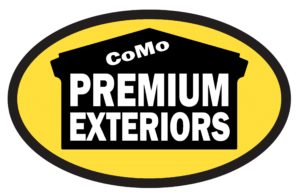Choosing between board and batten vs lap siding? This article breaks down the key differences, including aesthetics, cost, and durability, to guide you to the best choice for your home.
Key Takeaways
-
Board and batten siding features a vertical design that adds texture and height, while lap siding offers a classic, horizontal look that is cost-effective and moisture-resistant.
-
Though board and batten may have higher initial costs, it can provide long-term value and low maintenance, whereas lap siding often requires less upkeep and is easier to install.
-
When choosing siding, consider factors like climate suitability, budget, and professional installation to ensure the best fit for your home’s exterior.
Understanding Board and Batten Siding
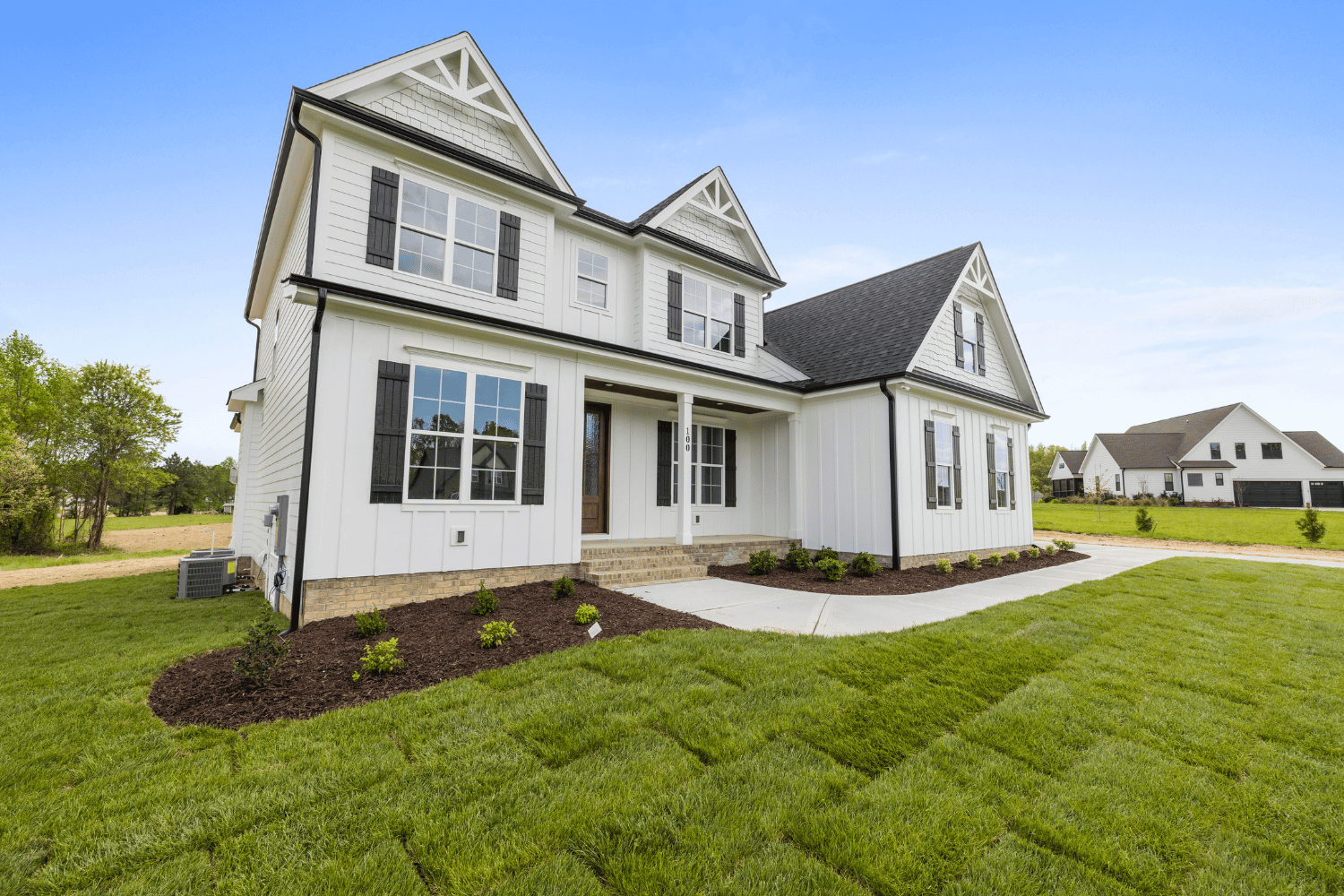
An example of board and batten siding showcasing its unique texture and design.
Board and batten siding is characterized by its distinct layered effect created by narrow strips of wood over wide boards. This style has been around for nearly 200 years, originating from practical, rustic designs like farmhouses and cottages. Its vertical appearance can make homes look taller and more stately, a feature that appeals to many homeowners seeking to enhance their home’s exterior.
Both board and batten and lap siding are popular choices, each offering unique aesthetic benefits. While board and batten siding adds a dramatic, three-dimensional texture, lap siding provides a streamlined, classic look. The decision between these styles often comes down to personal preference and the specific architectural details of your home.
What is Board and Batten Siding?
Board and batten siding is traditionally made from wood. It consists of wide vertical planks (the boards) and thin vertical strips (the battens) that cover the gaps between the boards, including batten strips that enhance the overall design. This construction not only provides a unique aesthetic but also offers practical benefits by sealing gaps and protecting the underlying structure.
This siding style dates back nearly 200 years, showcasing its historical significance and enduring appeal. Board and batten siding fits well with both rustic and modern board architectural designs, making it a versatile choice for various home styles. The dramatic vertical lines can enhance the perception of height, making structures look taller and more imposing in a batten style.
Architectural styles commonly associated with board and batten siding include farmhouses, cottages, beach houses, and rustic homes. Its eye-catching texture and ability to adapt to creative ideas and colors make it a favorite for enhancing curb appeal. Whether you’re aiming for a traditional rustic look or a modern farmhouse aesthetic, board and batten siding can be a compelling choice.
Benefits of Board and Batten Siding
One of the primary benefits of board and batten siding is its aesthetic appeal. This style offers a rustic charm that enhances the informal look of a home, making it feel warm and inviting. The vertical lines and layered texture create a distinctive visual interest that can significantly boost your home’s curb appeal.
In addition to its visual benefits, board and batten siding is known for its exceptional durability and low maintenance requirements. Unlike other siding options, it requires minimal upkeep, which means less time and money spent on maintenance over the years. This siding style also provides protection against weather, making it a practical choice for many homeowners.
Material Options for Board and Batten Siding
When it comes to material choices for board and batten siding, homeowners have several options. Traditional wood siding remains a popular choice due to its natural beauty and historical authenticity. However, wood requires regular maintenance, such as painting or staining, to keep it looking its best.
Fiber cement siding is another popular option, offering durability and low maintenance. It’s resistant to pests, rot, and harsh weather conditions, making it a long-lasting choice for many homeowners.
The cost for materials used in board and batten siding can vary significantly, ranging from $0.75 to $10 or more per square foot, depending on the material and quality.
Understanding Lap Siding
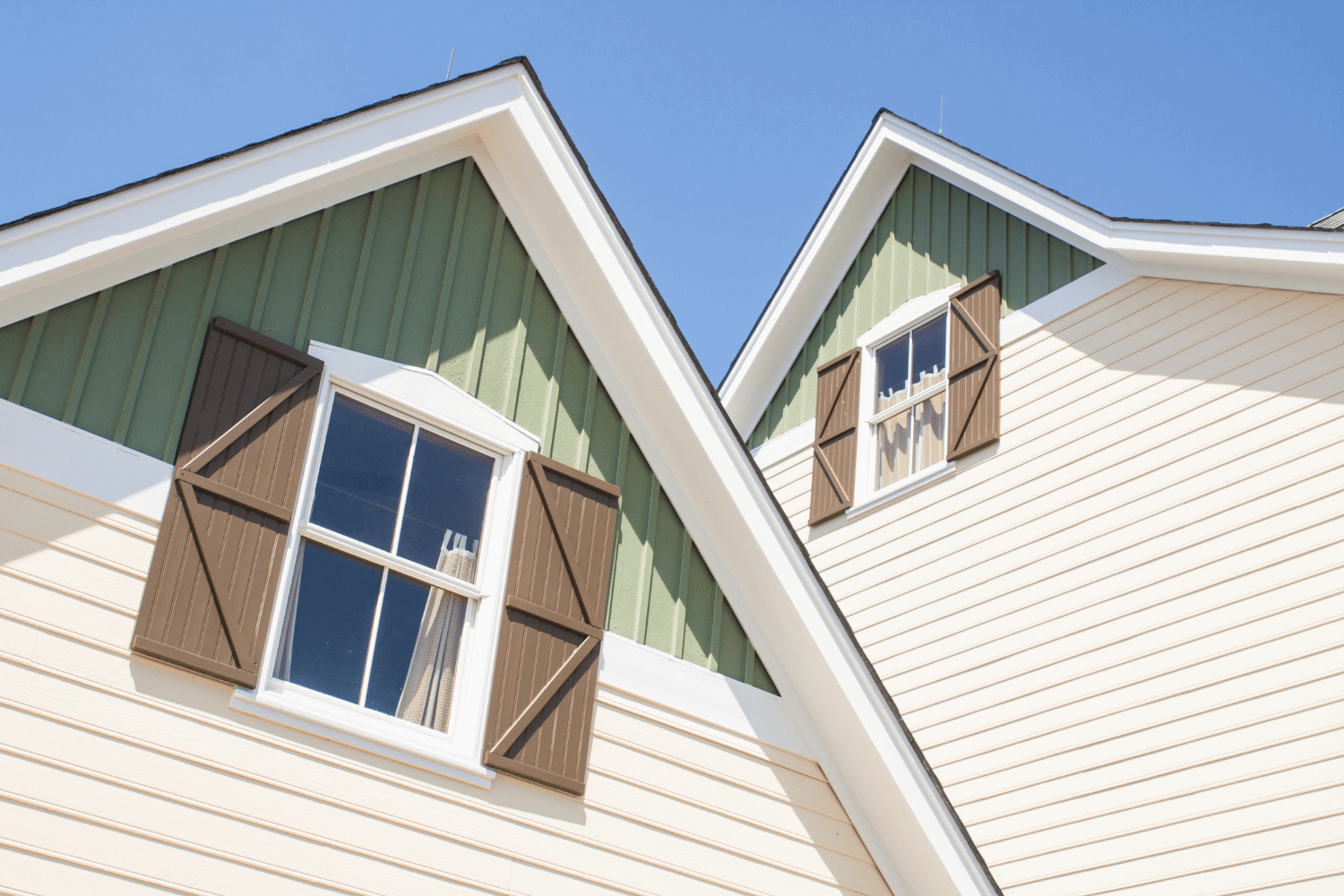
A house exterior showcasing lap siding, emphasizing its smooth and linear appearance.
Lap siding is a widely favored style characterized by horizontally installed boards that overlap to form a layered appearance. This classic look has been a staple in residential designs for many years, providing a timeless appeal that many homeowners find attractive.
Similar to board and batten siding, lap siding offers a distinct aesthetic that can enhance your home’s exterior. However, its horizontal lines create a broader, more grounded look compared to the vertical lines of board and batten siding. This style is versatile and can complement a variety of architectural details, making it a popular choice for many homes.
What is Lap Siding?
Lap siding is characterized by horizontal overlapping panels that create a layered look. The boards are installed in a way that each one slightly overlaps the one below it, enhancing its traditional appearance. This overlapping design not only adds visual interest but also provides practical benefits, such as improved moisture protection.
Common styles of lap siding include Dutch Lap, ShipLap, and Clapboard. Each style has its unique characteristics, but all share the same basic principle of horizontal overlapping planks. This versatility allows homeowners to choose a style that best suits their aesthetic preferences and the architectural design of their home.
Advantages of Lap Siding
One of the main advantages of lap siding is its strong defense against moisture. The overlapping design enhances its ability to protect against water infiltration, reducing the potential for water damage and increasing the longevity of the siding. This makes lap siding a suitable choice for various climates, especially areas with high rainfall.
Lap siding is also known for its cost-effectiveness. Vinyl lap siding, in particular, is a popular choice due to its lower initial cost and minimal maintenance requirements. Homeowners seeking value and durability often opt for vinyl, making it a cost-effective option for both initial investment and ongoing maintenance.
Material Choices for Lap Siding
Common materials for lap siding include:
-
Wood, which provides a natural, classic look but requires regular maintenance to prevent rot and damage
-
Vinyl, known for its longevity and low maintenance
-
Fiber cement, also recognized for its durability and low upkeep
-
Metal, which offers a modern aesthetic and is resistant to various weather conditions
Each material offers different benefits and maintenance requirements.
Lap siding, also referred to as clapboard or bevel siding, features a wedge-shaped design that facilitates the overlapping installation. This design not only enhances its visual appeal but also contributes to its practical benefits, such as improved moisture protection.
When choosing material options, homeowners should consider factors like durability, maintenance, and cost to find the best fit for their needs.
Comparing Board and Batten vs. Lap Siding
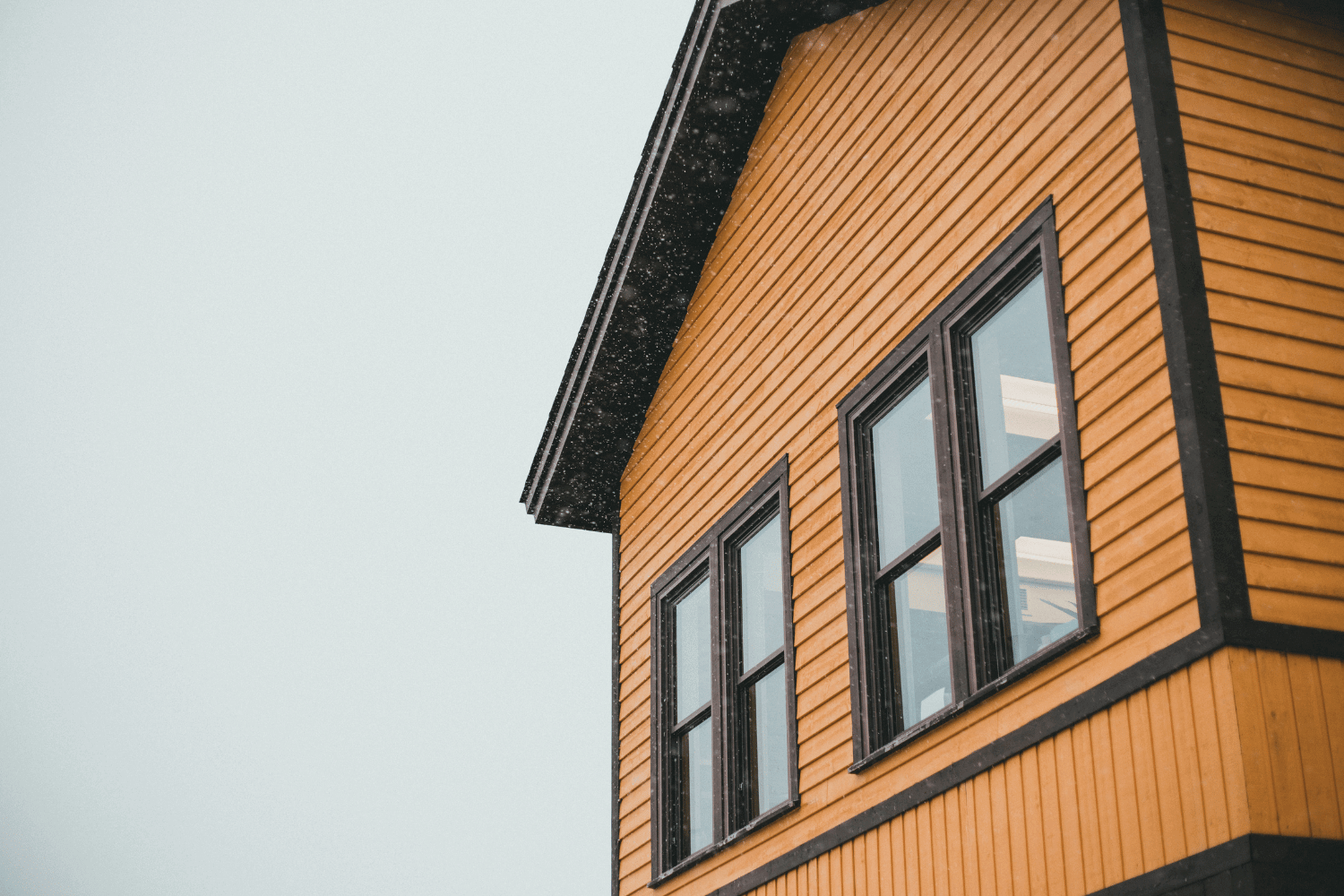
A side-by-side comparison of board and batten vs lap siding on two different homes.
Choosing between board and batten siding and lap siding involves considering several key factors. Both styles are popular choices that offer unique benefits and aesthetic appeal. However, differences in appearance, cost, climate suitability, installation complexity, and durability can influence your decision.
Lap siding is the most commonly used style in the United States, known for its horizontal planks installed in an overlapping manner. On the other hand, board and batten siding creates a distinctive vertical look that can make a home appear taller and more dramatic.
Understanding these differences will help you make an informed choice that best suits your home’s exterior and your personal preferences.
Visual Appeal and Style
Board and batten siding creates a three-dimensional look with its vertical lines, often enhancing the perception of height in a structure. This style can be particularly effective for making homes look taller and more imposing. The vertical lines also add a unique texture that is visually striking and can enhance a home’s stature.
In contrast, lap siding’s horizontal lines provide a more grounded feel and can visually elongate a home. This makes it suitable for narrow properties and can complement intricate architectural details. Variations in color and style between the two siding types can further enhance the visual interest and curb appeal of your home.
Cost Considerations
When it comes to cost, lap siding is generally less expensive than board and batten siding. The estimated total cost range for installing board and batten siding on a 2,000 square foot house is $21,000 to $27,800, with an average cost range of $10.50 to $13.90 per square foot for professional installation. In contrast, lap siding offers a strong return on investment, with values ranging from 89% to 95% for home improvement projects.
Board and batten siding, while having higher initial costs, can offer more long-term value due to its durability and aesthetic appeal. However, material costs for board and batten have been increasing by about 10% annually in recent years, which is an important consideration for homeowners.
Factors that influence siding cost include the material chosen, home’s size, installation complexity, and local labor rates.
Durability and Maintenance
Durability and maintenance are crucial factors when choosing between board and batten and lap siding. Lap siding’s overlapping design provides extra moisture protection, which can reduce the potential for water damage and extend the siding’s lifespan. Materials like fiber cement and high-quality vinyl are known for their longer durability and require less frequent maintenance.
Board and batten siding, depending on the material used, may require more regular maintenance. Wood siding, for example, involves periodic cleaning and occasional repainting or staining to maintain its appearance and functionality.
Proper installation by skilled contractors can significantly impact the performance and longevity of both siding types. Understanding these factors is essential for making an informed decision about which siding is right for your home.
Installation Complexity
Install board and batten siding is generally more complex than lap siding due to its two-piece construction and alignment requirements. This complexity often makes professional installation necessary to ensure proper fit and durability. The precise alignment of the boards and battens is crucial for achieving the desired aesthetic and functional benefits.
Lap siding, while also benefiting from professional installation, is typically less labor-intensive and easier to install due to its single-piece overlapping design. Both siding types require correct overlap and alignment to function effectively, but the added complexity of board and batten makes it a more challenging DIY project.
Professional installation ensures that both styles are installed correctly, reducing the risk of future issues and ensuring longevity.
Combining Board and Batten and Lap Siding
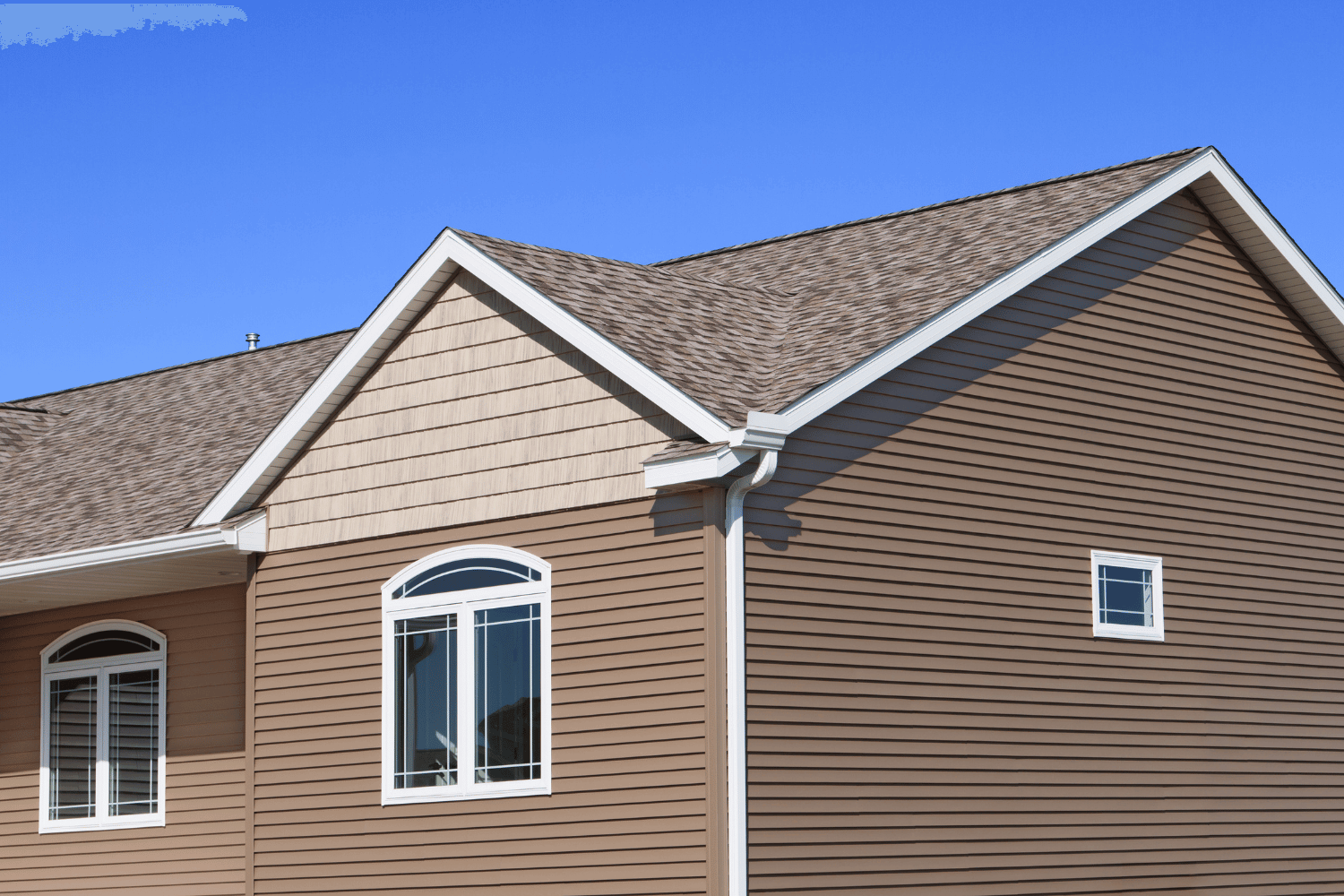
A creative combination of board and batten and lap siding on a modern home.
Combining board and batten with lap siding can create a dynamic and visually appealing exterior. Both siding styles complement each other effectively, enhancing architectural details and adding depth to your home’s design. This combination can significantly enhance the overall look of your home, making it stand out in the neighborhood.
Using lap siding as a backdrop allows board and batten features to stand out more prominently, creating a balanced and harmonious look. This approach can be particularly effective in highlighting certain architectural features and adding a unique touch to your home’s exterior.
Creative Combinations
Combining board and batten with lap siding allows for creative architectural expressions, improving overall curb appeal. A modern farmhouse aesthetic can be achieved by merging these two styles, using different styles and colors for various sections to enhance visual interest and create a cohesive appearance without distractions. The use of a combine board can further elevate the design.
Strong large patterns at the bottom and smaller patterns at the top are recommended for effective visual impact when combining the styles. An example of this design approach can be found in a project showcased by This Old House, which beautifully illustrates the combination of board and batten with lap siding.
Practical Applications
One effective approach to combining board and batten with lap siding is to use board and batten for the entire second floor and switch to lap siding on the first floor. This method creates a striking visual contrast and enhances the architectural interest of your home. If board and batten is used for the gable, it is suggested to keep all gables consistent with board and batten for a uniform look.
Maintaining the same siding style on each level of the house ensures a harmonious appearance. Additionally, using the same color for both siding styles can unify the design, making the combination seamless and visually appealing.
Placing board and batten siding at the bottom of the house can also provide a distinctive visual impact above the lap siding, adding to the home’s curb appeal.
Choosing the Right Siding for Your Home

A visual representation of different siding options for homeowners to consider.
Selecting the right siding for your home involves considering various factors such as climate suitability, budget, long-term value, and the need for professional installation. Board and batten siding offers practical benefits such as energy efficiency due to its design, while lap siding is known for its cost-effectiveness and low maintenance.
Choosing the right siding is crucial for enhancing the functionality, appearance, and efficiency of your home. By considering these practical advantages, homeowners can make informed decisions tailored to their specific needs and climate conditions.
Whether you prefer the rustic charm of board and batten or the classic appeal of lap siding, the right choice will depend on your unique circumstances and preferences.
Climate Suitability
Siding materials should be chosen based on their ability to withstand local weather conditions. Fiber cement siding, for example, is effective in both hot and cold climates due to its durability and resistance to environmental factors. Selecting suitable siding enhances curb appeal and energy efficiency, contributing to the overall performance of your home.
Some siding options provide better insulation, which can improve energy efficiency in varying climates. The right siding choice not only protects against the elements but also contributes to the overall home’s energy efficiency, making it a key consideration for homeowners.
Budget and Long-Term Value
While board and batten may involve higher initial costs, it can offer greater long-term value compared to lap siding. Higher quality siding may have a higher upfront cost but lower long-term maintenance expenses, making it a wise investment for many homeowners.
Choosing lower maintenance materials like fiber cement can reduce long-term costs associated with board and batten siding. In the choice of siding, homeowners must balance the initial investment against the long-term value provided by the materials, ensuring they make a decision that meets their financial and functional needs.
Professional Installation
Hiring experienced contractors for siding installation ensures that the job complies with local building codes and reduces the risk of future issues. Professional installation is often recommended for both board and batten and lap siding to ensure durability and proper fit.
Proper installation is crucial for the performance and longevity of siding. Skilled contractors can ensure that the siding is installed correctly, reducing the likelihood of issues such as water infiltration and structural damage. This investment in professional installation can save homeowners time, money, and stress in the long run.
Summary
In summary, both board and batten siding and lap siding offer unique benefits and aesthetic appeal. Board and batten siding is known for its dramatic, vertical lines and rustic charm, while lap siding provides a classic, horizontal layout that is both timeless and versatile. When choosing between these options, homeowners should consider factors such as cost, maintenance, durability, and installation complexity.
Ultimately, the right siding choice depends on your specific needs and preferences. By understanding the characteristics and benefits of each siding type, you can make an informed decision that enhances your home’s exterior and meets your functional requirements. Whether you opt for the rustic appeal of board and batten or the classic charm of lap siding, your choice will contribute to the beauty and value of your home.
Frequently Asked Questions
What is the best siding to put on a house?
The best siding for your house really hinges on your climate, budget, and what looks good to you. Vinyl, wood, fiber cement, metal, and stone veneers are all solid options to consider!
Which house siding is the cheapest?
Vinyl siding is usually the most affordable choice for house siding, making it a great option if you’re looking to save on costs.
What are the three types of siding?
The three types of siding you often hear about are vinyl siding, fiber cement siding, and wood siding. Each has its own benefits, so pick what suits your home best!
What is the best type of exterior siding?
Fiber cement siding is the top choice for durability and aesthetic appeal, but if you’re looking for affordability, vinyl siding is a great option. For a more natural look, you can’t go wrong with wood siding.
What exterior siding lasts the longest?
If you’re looking for durability, fiber cement siding and stone veneer are your best bets, with fiber cement lasting 50 years or more. It’s a solid investment for your home’s exterior!
